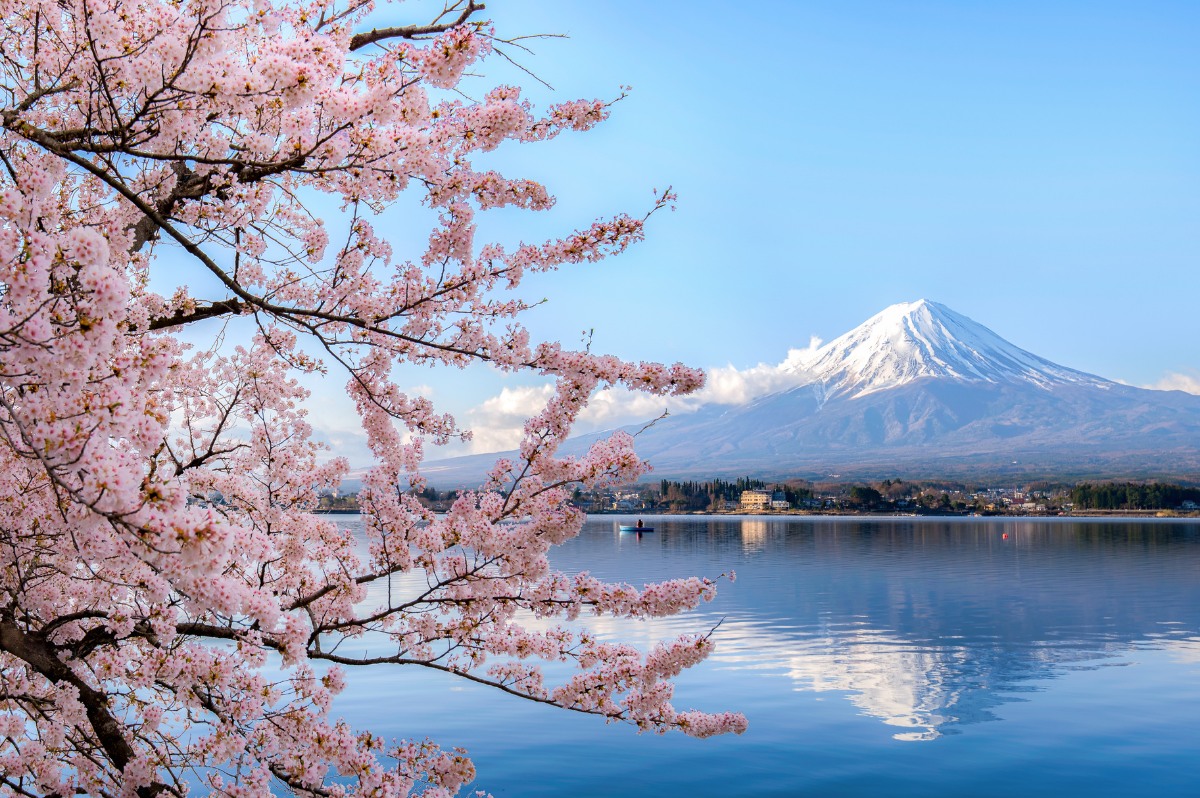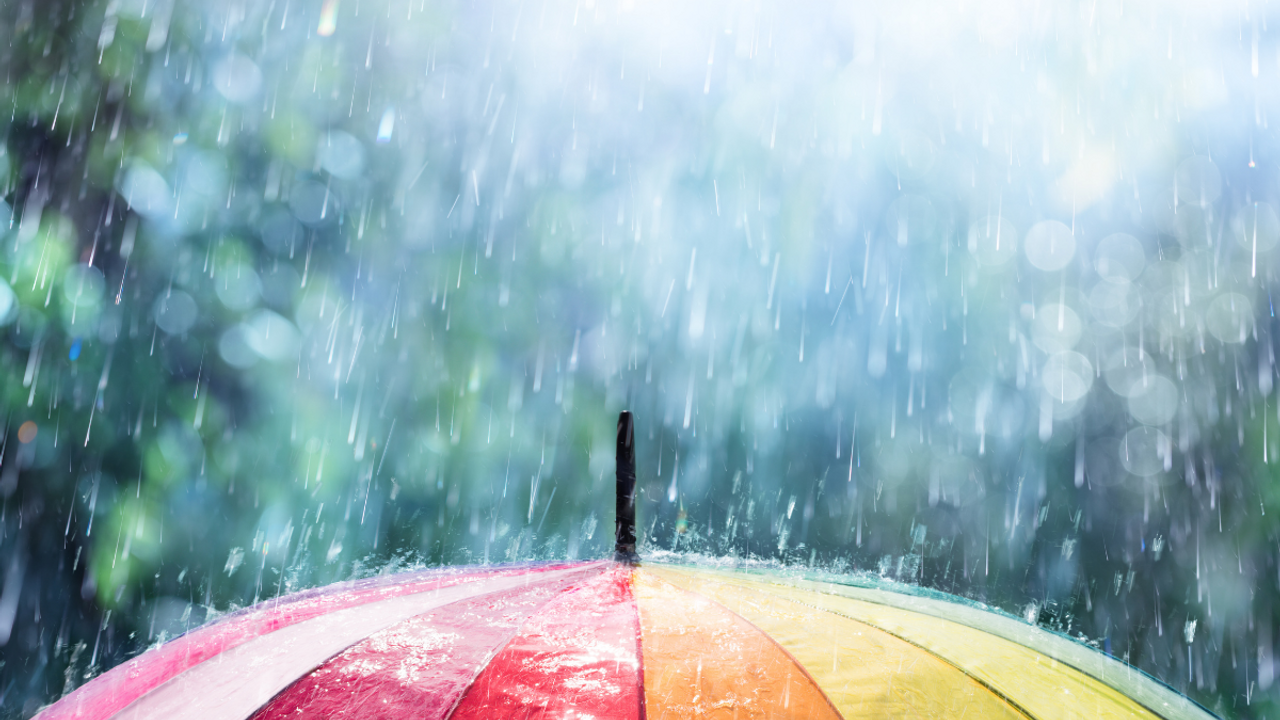Blog
“Strive to make everyday the best day of your life, because there is no good reason not to.” Hal Elrod
8 Spring Blossom Play Ideas!
The blossom is in full bloom here and so I wanted to share some of the best ways you can bring it into the children's play.
'The significance of the cherry blossom tree in Japanese culture goes back hundreds of years. In their country, the cherry blossom represents the fragility and the beauty of life. It's a reminder that life is almost overwhelmingly beautiful but that it is also tragically short. '
Homaro Cantu

Don't be too busy to rush past the blossom trees but instead let them be a remind that life is short but beautiful and to look up and notice them.
1. Look up
Look up at the blossom and see all of it's beauty. If possible go and lay under a blossom tree with the children and practice a moment of stillness. What do the children see, smell, hear and feel? Why not place a perspex mirror under the tree or some water play (always supervise) to reflect the blossom and provide an interesting perspective in the play.
It's also a wonderful sensory experience to take your shoe...
10 Ways To Embrace Nature This Valentines Day!
As you know from our Rewildong Wanderlust Child Nature Study Programmewe love supporting children's play through nature and the outdoors. Here are 10 nature play ideas for celebrating Valentine’s Day.
Head outside and look for heart shaped leaves. Find other nature to decorate these with and then take a photo. This can then be turned into a card.
Set up a natural maths provocation around the story of Clara Button and the Wedding Day Surprise.

Create a natural batch of Playdough by leaving out the food colouring. Pop on a board along with some flower petals, cake tins and cutters.

Set up an invitation to explore loose parts

Use magnetic tiles and nature to create hearts
Create a Valentines Day Shelfie like @_little.thinkers_

Make some Forest love potions


Make the words Love and decorate them with nature

Make a heart shaped nature wand

Make Woodland Love Tea

Set up a flower shop and practice the gentle art of flower arranging
Set up a senso...
Easter Egg Hunt For Nature Lovers

Easter in Scandinavia is a big celebration involving get togethers and marking the start of Spring. Enjoying family time and feasts. With the warmer weather it's also a good time to take a sunrise hike up a mountain and enjoy the fantastic views.
The egg is a symbol of Easter in Norway and the traditional decorated chicken eggs have now been replaced with those filled with sweet treats. A big Easter Sunday breakfast is usually followed by an egg hunt outside.
I managed to pick up these beautiful Scandinavian metal painted eggs by Maileg. I love that these are re-fillable and also add a whimsical storytelling twist for the celebration. They can be filled with sweet treats for a fun easter egg hunt.
We also like to set up Easter Egg hunts with less sugary treats inside too! I thought you might like to see my list of ideas for the Wanderlust Child;
19 non-sugar ideas for filling an Easter Egg:
- Rubber Stampers
- Stickers
- Magnifying Glass
- Finger Paints
- Shells
- Rocks
- Little no ...
Rainy Day Play Ideas

'And so the rain invites a street of colourful umbrellas to blossom.' Angela Abraham
I love the quote above and it reminds me that it's so important to see the beauty in the rain. After a very dry April the rain we received here in Yorkshire yesterday was very welcome.
I wanted to share a few rainy day ideas for you this Spring to support your nature based practice.
1. Head outside and smell the rain
We're often in such a race to get out of the rain, perhaps running to get inside, that we forget to actually experience the rain. Get dressed up in suitable waterproof clothing and head outside to smell and feel the rain. How does it sound? What temperature is the rain as it hits your skin (does it feel warm or cold?) What shapes do we notice the raindrops make as they hit the ground? Can you take 5 big deep breaths in and feel the rain calm your senses? As you tune in and smell the rain this is called Petrichor and it is the earthy scent produced when rain falls on dry soil.
 2....
2....
"I thought Hygge was all about staying inside cosy?"

Isn’t Hygge just about being cosy?
This is something I get asked lots!
A big part of hygge is about feeling cosy and comfortable but it’s also about appreciating the nature around you. It’s about learning to celebrate the joy that each season brings and spending time outdoors because it’s good for your mental health.
When it comes to our practice with the children we want our children to grow up with a natural love for their world. This is how education for sustainable development happens. We want our young children to see the beauty in the early hazel catkins, to dawdle and pause at the little daffodil dancing in the breeze and wonder in awe about how spider webs are formed.

This is why the Danish daily rhythm and early years curriculum is built around opportunities to experience the great outdoors.
For all your printable nature study resources, journals and nature study guides click here
3 Ways to Strengthen A Literacy Rich Learning Environment

1. Consider your culture
- We want to make learning so irresistible that they can’t wait to start exploring
- these key skills. The way we set up our learning environment plays an important
- part in this. It helps to shape the culture we are trying to promote for our children.
- Take a look at your provision and consider the following questions;
- Have your Literacy displays turned into wallpaper that goes unnoticed?
- Do children often struggle to find their favourite book because you have so many
- out?
- Have you offered cosy spaces to sit and share books?
- Are children having to hunt to find a pencil to write their name on their painting?
- Do you as an adult label children’s work?
- Are your books often shoved back into the book case and look tatty?
Consider your role when it comes to promoting Literacy skills.
- Are your guided and focus Literacy sessions only organised inside? Perhaps giving
- off the message that Literacy only happens inside.
- Are childre ...










